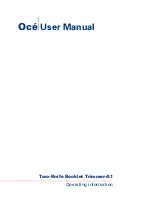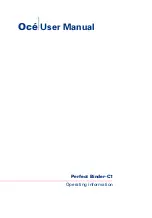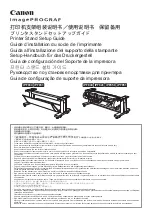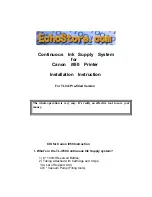
EDDYSENSOR Operating Manual
Power unit
•115V/230V +/- 15%; 50/60 Hz
•Mains suppression filter and isolating transformer
•Power consumption: 100 VA
Delay unit (optional)
Inputs
•24V
•Encoder, potential free
Potential-free outputs
•2 delayed outputs, e.g., for marking and sorting
•1 undelayed output, e.g., for warning
Indicator LEDs
•Encoder pulses
•Input of defect signals
•Delayed defect signal output, e.g., for marking
•Delayed defect signal output, e.g., for sorting
Housing
•Environmental protection IP 42
•Shielded housing and internal power supply filter to pre-
vent interference
•Optional door
•Dimensions (H x W x D): 132.5 x 235.4 x 402 mm
(5 1/4" x 9 1/4" x 15 7/8")
Operating conditions
Temperature range: 0 – 40°C (32 – 104°F)
Sensor technology
Any encircling coil, segment coil or probe
Input and output units
Encoder
•Resolution: 10,000µm/pulse
•Operating temperature range: 0 – 70°C (32 – 158°F)
Marker
•Air pressure marker
•Heat resistant ink and paint
•Power supply: 24V
Applications
Applications in general
•Any elementary detection problems in which a standard
sensor such as a proximity switch or light barrier is not
applicable
•For all metal sections, ferrous and nonferrous
Annealing lines
Detection of holes in the weld seam in order to shut off
cooling water to prevent water from entering the inside of
the tube
Tube-forming processes
Detection of the weld seam to place the tube in the posi-
tion required for bending
Transverse weld detection
Detection of butt welds joining tubes and bands
End-to-end testing
Detection of the start of a new test piece.
Mantling processes
Detection of internal features such as connectors and
holes that are covered by insulation, rubber, etc.
Speed range
0.5 m/min – 1200 m/min (1.64 – 3937 ft/min) depending
on type of production
Front-end unit
Frequency
Separate modules for the following frequencies:
5, 10, 20, 50, 100 and 250 kHz
Filter
•4th-order band pass, 2 steps (Filter 3)
•Other filters available on request
Amplification
•0–55 dB in steps of 1 dB
•Shown on digital display
Input
Signal from test coil or probe
Outputs
•Analog defect signal (0–10V) for representing signal on a
recorder or oscilloscope
•Potential-free OCO, e.g. for connection to PLC for further
processing such as marking or sorting
Signal evaluation
•Signal evaluation over a single threshold fixed at 50% of
maximum signal height
•Signal strength adjustable via gain
Display
Two-color bar graph display
Indicator LEDs
•Overload
•Defective coil or connection
•Defect occurred
Technical data







































